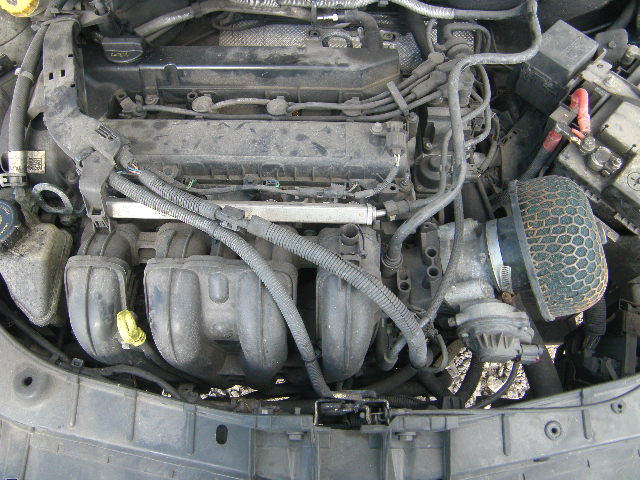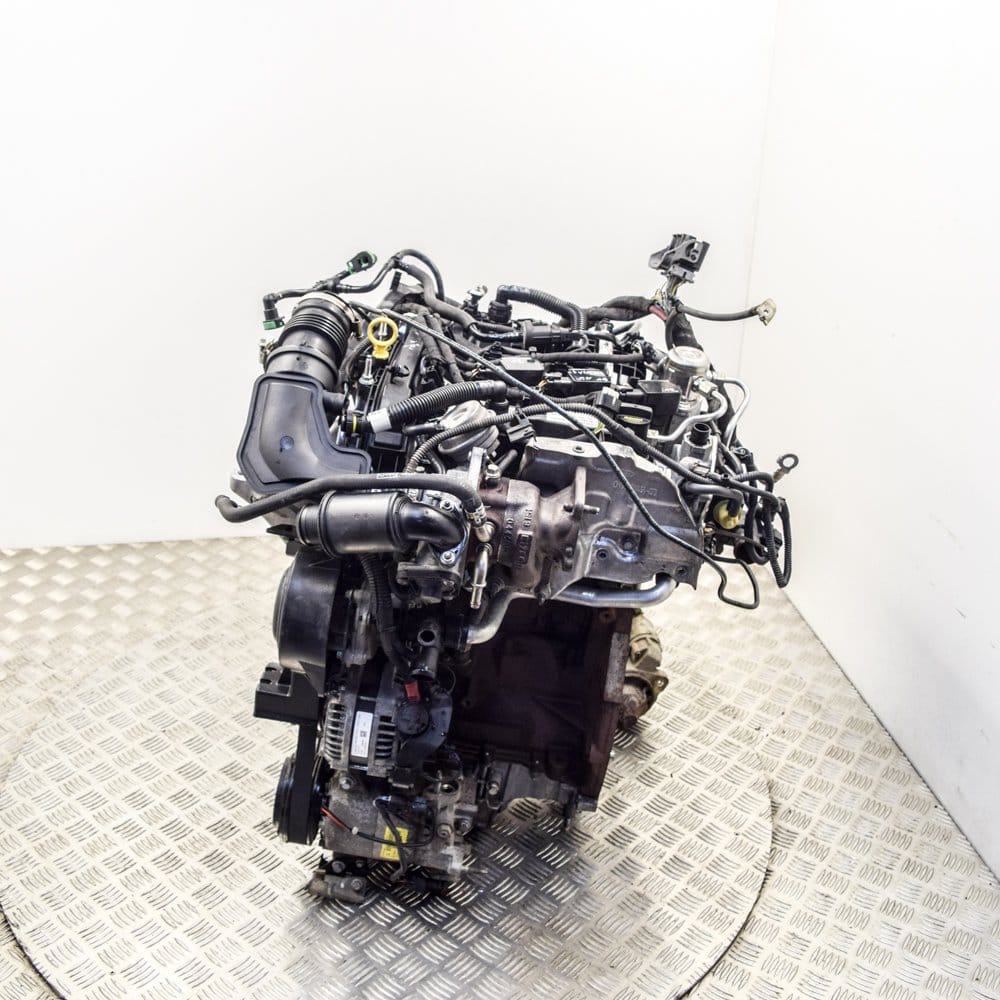Unlocking the Power of Engines: A Comprehensive Guide to Efficiency and Effectiveness
Comprehending the detailed mechanics of engines is crucial for both performance fanatics and daily motorists. The responses might redefine our approach to engine efficiency and efficiency in ways that are both enlightening and important.
Comprehending Engine Essentials
What makes up the essential auto mechanics of an engine? At its core, an engine is a device designed to convert fuel into power via a collection of controlled surges or combustion procedures. The key components consist of the cyndrical tube, piston, crankshaft, camshaft, and valves. The cylinder serves as the chamber where burning occurs, while the piston relocates within the cylinder to convert the power from burning into linear motion (ford fiesta engine).
The crankshaft then transforms this straight motion into rotational energy, which eventually powers the vehicle. The camshaft controls the opening and closing of the valves, controling the consumption of air and fuel and the expulsion of exhaust gases. Furthermore, the engine relies upon a very carefully calibrated fuel-air blend, ignition system, and cooling down system to ensure optimal efficiency and effectiveness.
Recognizing engine essentials likewise includes acknowledging the significance of engine cycles, such as the four-stroke cycle, that includes intake, compression, power, and exhaust strokes. Each phase is essential in making sure the engine operates efficiently and successfully. Proficiency of these fundamental mechanics prepares for discovering much more complex engine dynamics and performance metrics, important for maximizing both power result and performance.
Secret Efficiency Metrics
Secret efficiency metrics are essential for assessing an engine's performance and power outcome, supplying beneficial understandings for both customers and suppliers. These metrics act as benchmarks for engine performance, allowing for informed decisions in manufacturing, buying, and design.
Among the key metrics is horsepower, which evaluates the engine's ability to do job over time. Torque, gauged in pound-feet, is an additional essential statistics that indicates the engine's rotational pressure, directly impacting velocity and hauling ability. Fuel performance, typically measured in miles per gallon (MPG) or liters per 100 kilometers (L/100km), assesses how efficiently the engine converts fuel right into motion, affecting operational expenses and environmental considerations.
Additionally, thermal performance actions just how well an engine converts fuel power into useful job, exposing insights into energy losses mostly via warm. Exhaust levels, consisting of carbon dioxide and NOx, are also essential, reflecting the engine's ecological impact and conformity with governing criteria.

Tuning Techniques for Effectiveness
Tuning strategies play a substantial duty in improving engine effectiveness by enhancing efficiency metrics determined in earlier conversations (ford fiesta engine). Numerous approaches exist to adjust an engine, each adding to improved fuel economic climate and minimized emissions
One reliable technique is changing the air-fuel proportion, making certain the engine runs within the ideal combustion routine. A leaner mixture can enhance gas efficiency, however it must be balanced to avoid misfires or engine knock. Furthermore, reprogramming the engine management system can rectify parameters such as ignition timing, which better improves performance while maintaining power result.
An additional important approach includes changing the intake and exhaust systems. Upgrading to high-performance air filters and exhaust headers can decrease back pressure, promoting far better air movement. This permits the engine to breathe even more freely, leading to improved burning effectiveness.
Additionally, the application of innovative tuning devices, like dyno screening, offers precise pop over to this web-site information that enables targeted changes. Consistently keeping an eye on these efficiency metrics makes certain that tuning initiatives produce the wanted efficiency outcomes. Jointly, these strategies not just boost engine efficiency however likewise add to long-lasting sustainability in engine operations.
Upkeep for Optimal Performance
Normal engine maintenance is vital for attaining ideal efficiency and durability. A well-kept engine not just operates efficiently but also minimizes the danger of expensive repair work and break downs. Key parts calling for routine attention include oil, filters, belts, and ignition system.
Changing the engine oil at suggested intervals is critical, as oil lubes moving parts and avoids getting too hot. Likewise, replacing oil and air filters ensures that impurities do not harm engine feature. Overlooking these elements can cause minimized efficiency and potential engine damage.
Furthermore, examining and changing worn belts and hoses is crucial to prevent unexpected failures. Timing belts, particularly, ought to be replaced according to the producer's schedule to prevent disastrous engine damage.
Ignition system need to likewise be examined and replaced as essential, since they play a vital duty in ignition and fuel performance.
Future Patterns in Engine Innovation
Embracing advancements in modern technology, the future of engine layout is positioned to change performance hop over to here and efficiency across different applications. Crossbreed and totally electric powertrains are coming to be increasingly conventional, providing lowered discharges and boosted fuel performance.
Moreover, advancements in products scientific research are bring about lighter, stronger parts that enhance engine efficiency while decreasing power usage. Advanced production methods, such as 3D printing, permit the production of complicated geometries that boost air flow and thermal administration, therefore maximizing burning processes.
In addition, the assimilation of fabricated intelligence and equipment understanding is readied to transform engine diagnostics and performance tuning. These modern technologies can analyze substantial quantities of information in actual time, making it possible for predictive maintenance and customized efficiency enhancements.
Verdict
In conclusion, opening the power of engines requires a detailed understanding of their auto mechanics and efficiency metrics. Applying effective adjusting strategies and sticking to regular upkeep practices dramatically boost engine capabilities. As the automotive landscape evolves, embracing future trends in innovation, including electrification and advanced production, will certainly be critical for maximizing performance and performance. This comprehensive strategy not just benefits enthusiasts yet also adds to lasting solutions in the world of automobile design.
Additionally, the engine counts on a meticulously calibrated fuel-air blend, ignition system, and cooling system to ensure optimum efficiency and effectiveness.
Understanding engine fundamentals likewise entails recognizing the relevance of engine cycles, such as the four-stroke cycle, which consists of consumption, compression, exhaust, and power strokes. Proficiency of these essential mechanics lays the groundwork for discovering a lot more complex engine dynamics and performance metrics, necessary for maximizing both power result and effectiveness.

Welcoming developments in technology, the future of engine layout is positioned to revolutionize performance and performance throughout numerous applications.